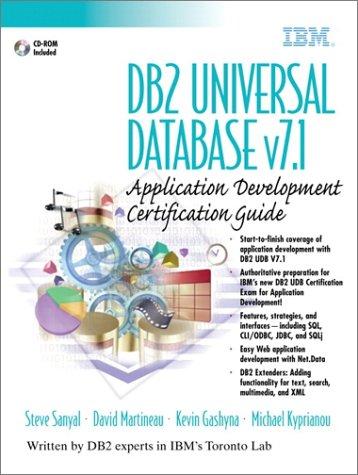Question
4. Why is the storage capacity of main memory a factor that must be considered in determining the process maximum capacity in a multiprogramming environment?
4. Why is the storage capacity of main memory a factor that must be considered in determining the process maximum capacity in a multiprogramming environment?
5. Space-multiplexed sharing is the division of a resource into two or more distinct units and then the allocation of the individual units to processes. Time-multiplexed sharing is when one process can use the entire resource for a period of time and then another process uses it at a later time. Identify which of the following are examples of space-multiplexed sharing and which are time-multiplexed sharing. If the example could be either strategy, explain.
The cable internet service in a residential neighborhood
A personal computer
A whiteboard in a classroom
A bench seat in a park
A patient room in a doctors office
A printer on a timesharing system
6.When an interrupt or a system call transfers control to the operating system, a kernel stack area separate from the stack of the interrupted process is generally used. Why?
7. How is the modular kernel approach similar to the layered approach?
8. Direct memory access is used for high-speed I/O devices in order to avoid increasing the CPUs execution load.
How does the CPU interface with the device to coordinate the transfer?
How does the CPU know when the memory operations are complete?
In systems that include DMA module, DMA access to main memory is given higher priority than processor access to main memory. Why?
9. Suppose that an operating system had the following nine states:
| State | Description |
| User Running | Executing in user mode. |
| Kernel Running | Executing in kernel mode. |
| Ready (to Run, In Memory) | Ready to run as soon as the kernel schedules it. |
| Blocked (Asleep in Memory) | Unable to execute until an event occurs; process is in main memory (a blocked state). |
| Ready to Run, Swapped | Process is ready to run, but the swapper must swap the process into main memory before the kernel can schedule it to execute. |
| Sleeping, Swapped | The process is awaiting an event and has been swapped to secondary storage ( a blocked state). |
| Preempted | Process is returning from kernel to user mode, but the kernel preempts its and does a process switch to schedule another process. |
| Created | Process is newly created and not ready to run. |
| Zombie | Process no longer exists |
Draw a state diagram to represent a process with these states.
Step by Step Solution
There are 3 Steps involved in it
Step: 1

Get Instant Access to Expert-Tailored Solutions
See step-by-step solutions with expert insights and AI powered tools for academic success
Step: 2

Step: 3

Ace Your Homework with AI
Get the answers you need in no time with our AI-driven, step-by-step assistance
Get Started


